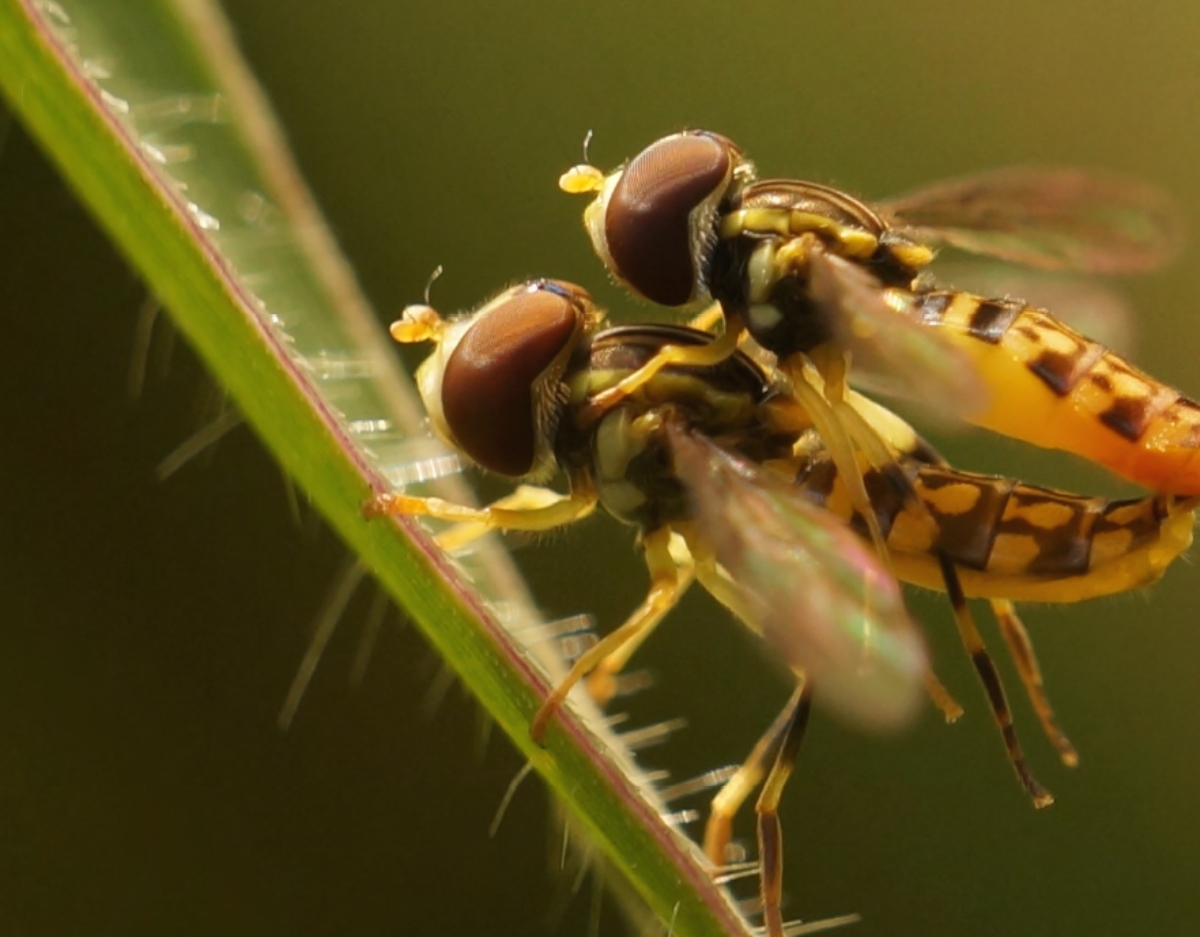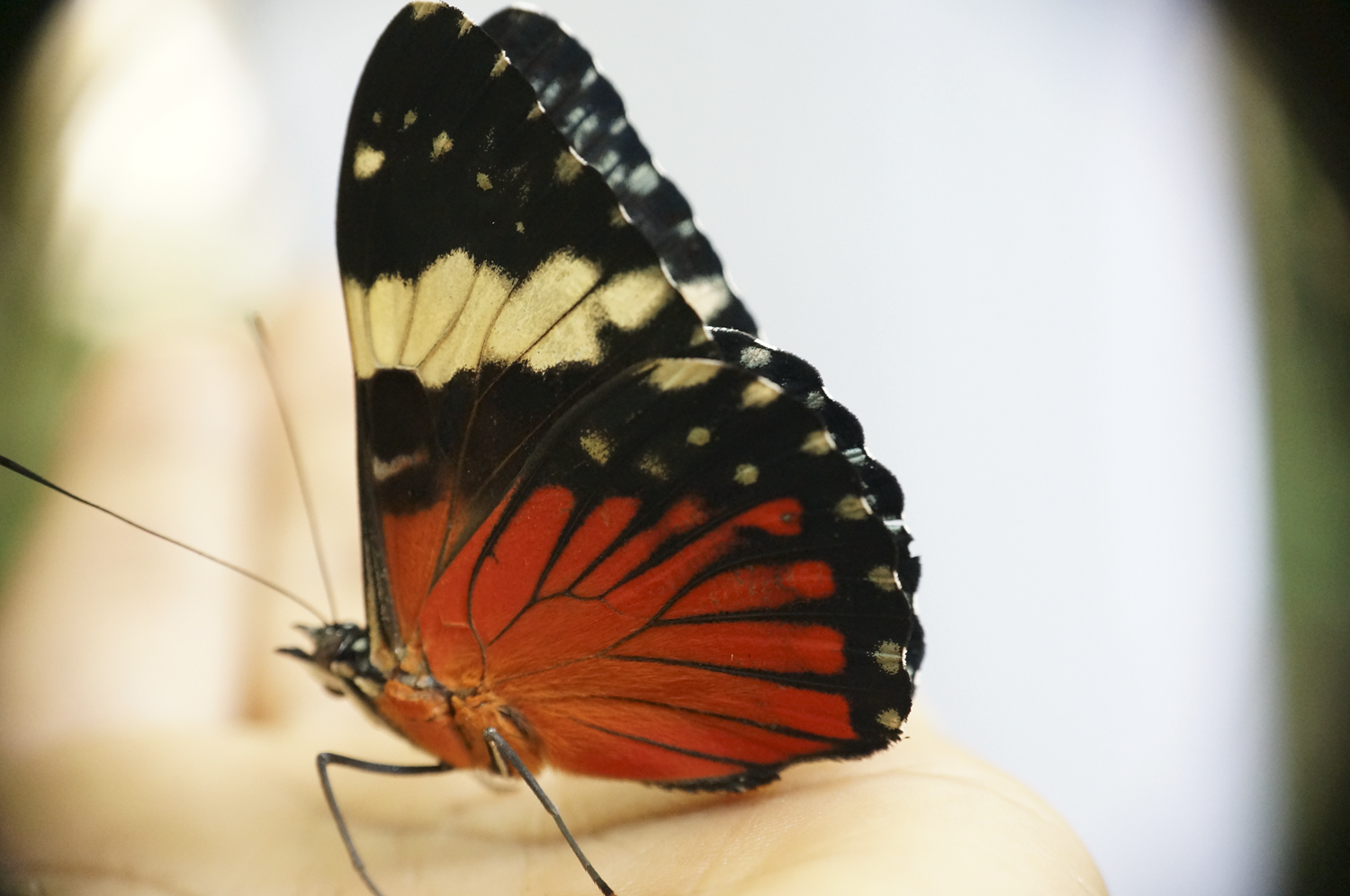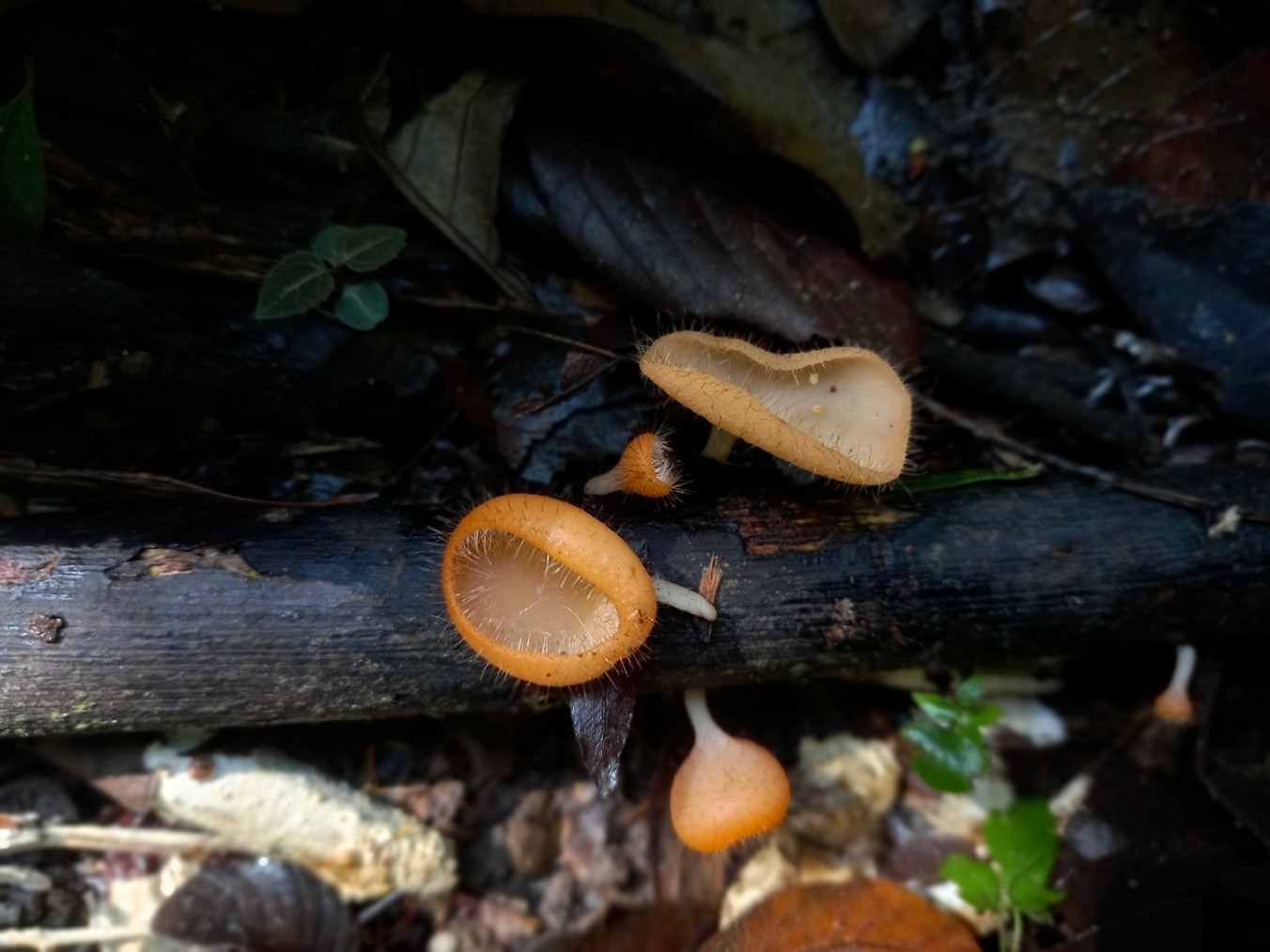Z7_89C21A40L06460A6P4572G3JN0
 Inglés UdeA - Cabezote - WCV(JSR 286)
Inglés UdeA - Cabezote - WCV(JSR 286)
Z7_89C21A40L06460A6P4572G3JQ2
 Signpost
Signpost
Generales
Z7_89C21A40L06460A6P4572G3JQ1
 A guide to the insects and fungi of Porce II and Porce III
A guide to the insects and fungi of Porce II and Porce III
Z7_89C21A40L06460A6P4572G3JQ3
 Portal U de A - Redes Sociales - WCV(JSR 286)
Portal U de A - Redes Sociales - WCV(JSR 286)
Z7_89C21A40L0SI60A65EKGKV1K57






 The cup mushroom, commonly known as Cookeina sulcipes, belongs to the Ascomycota division within the fungi kingdom. It features a leathery, elastic texture and typically grows on decaying wood. This species ranges from 0.5 to 3 cm in diameter, with a smooth, light orange interior and a deep orange exterior covered with scattered hairs. While Colombia has not recognized it as edible, Mexico considers it edible.
The cup mushroom, commonly known as Cookeina sulcipes, belongs to the Ascomycota division within the fungi kingdom. It features a leathery, elastic texture and typically grows on decaying wood. This species ranges from 0.5 to 3 cm in diameter, with a smooth, light orange interior and a deep orange exterior covered with scattered hairs. While Colombia has not recognized it as edible, Mexico considers it edible. 